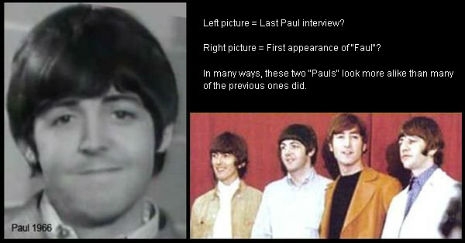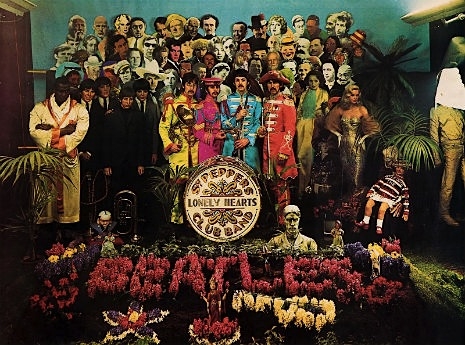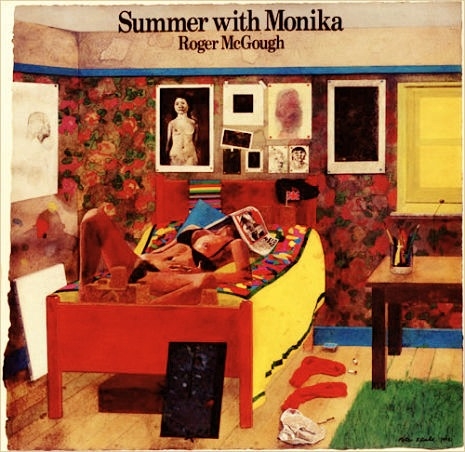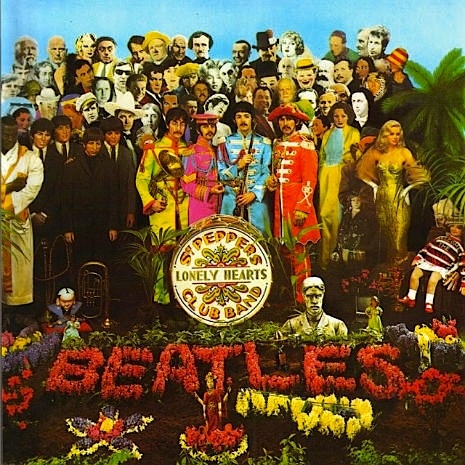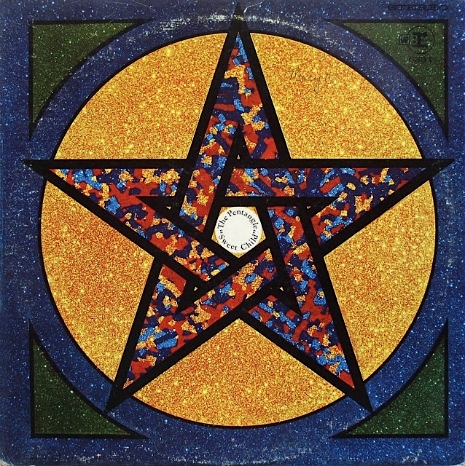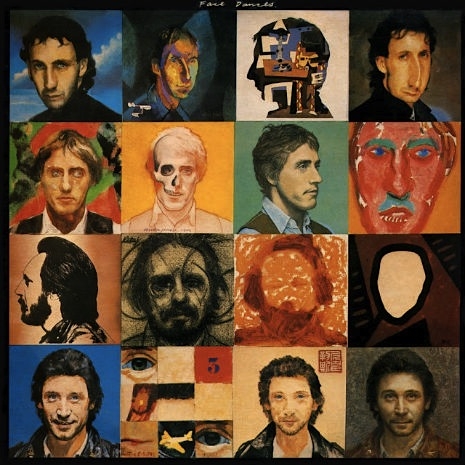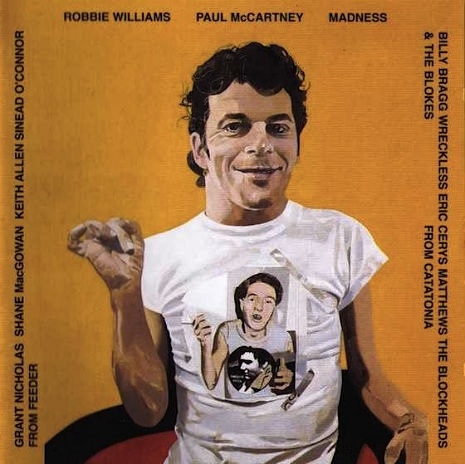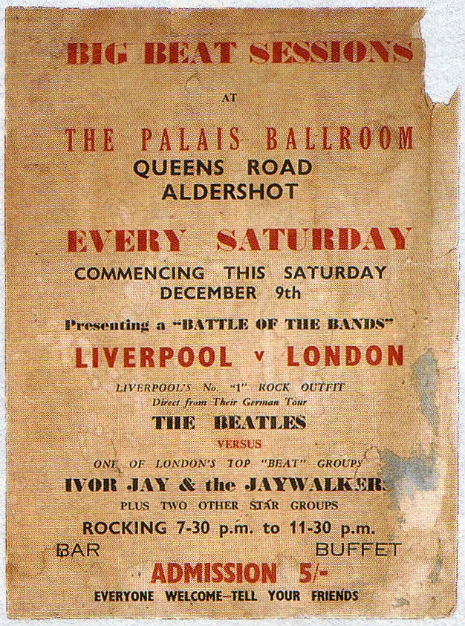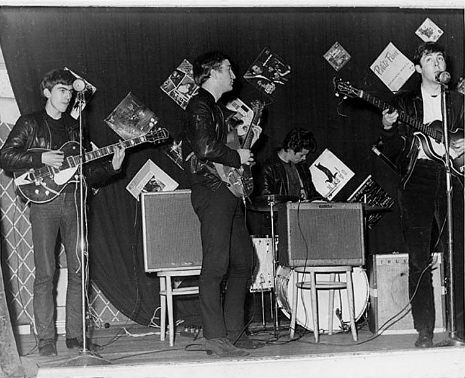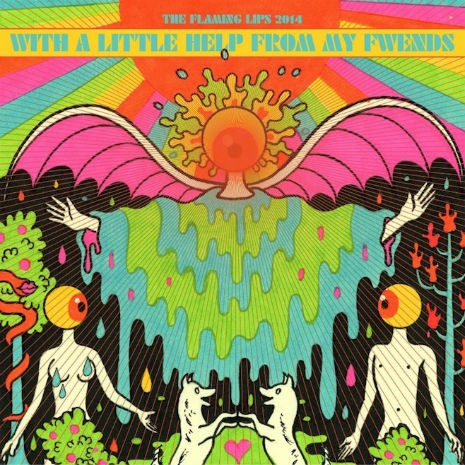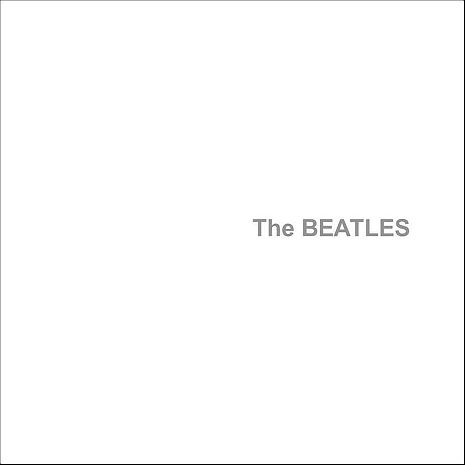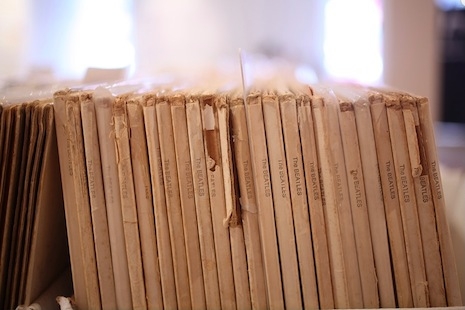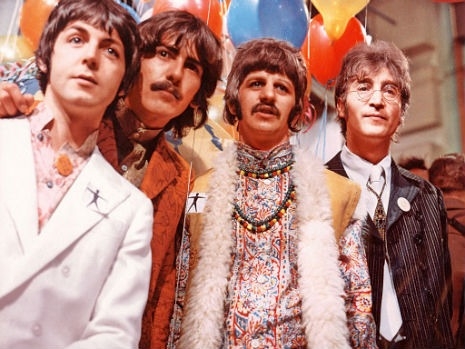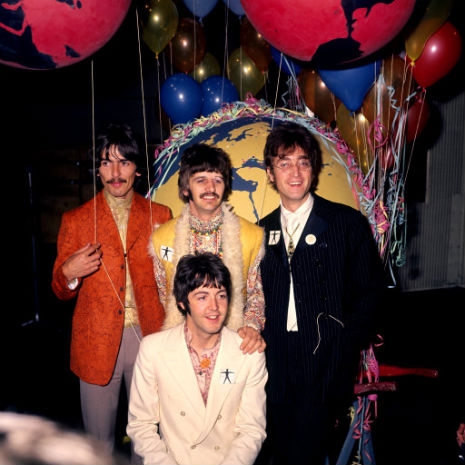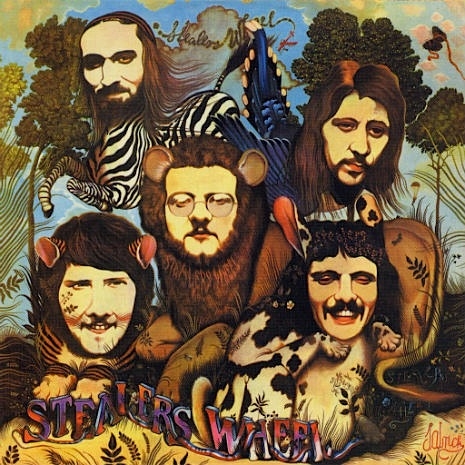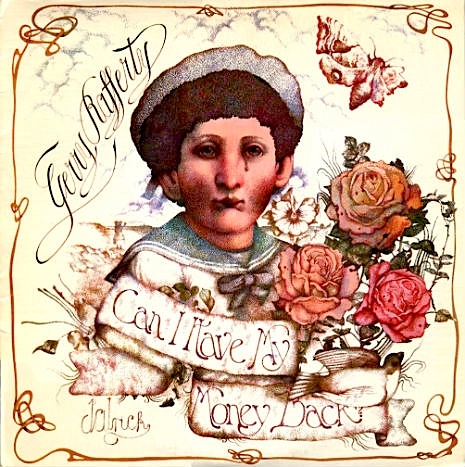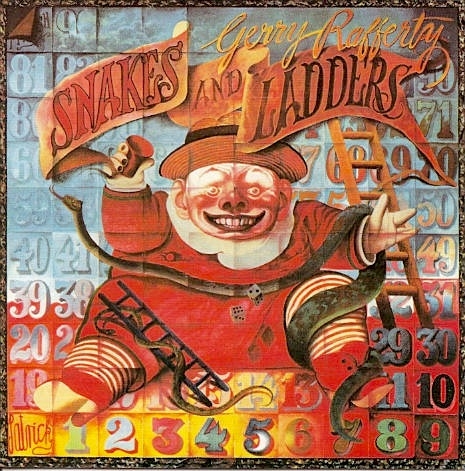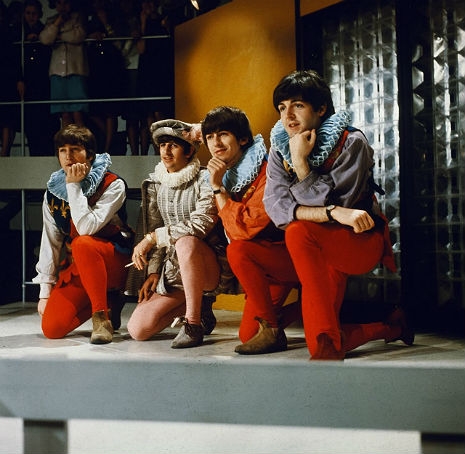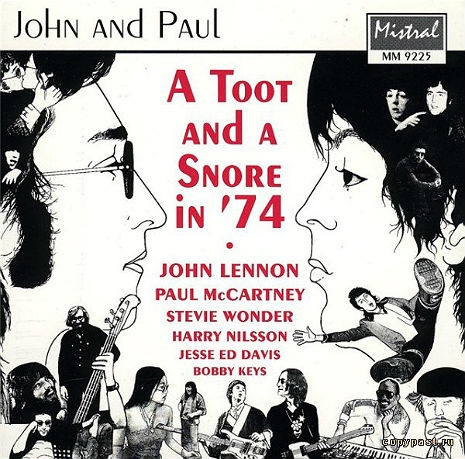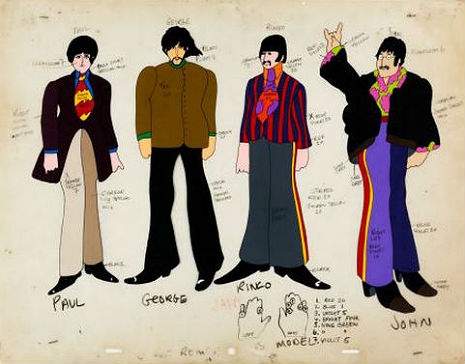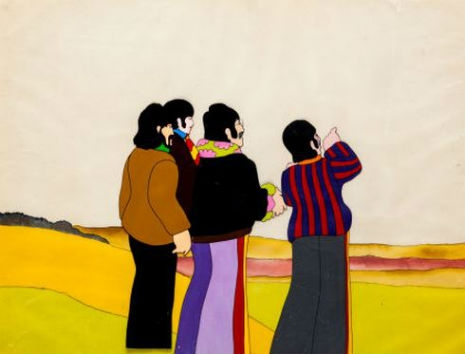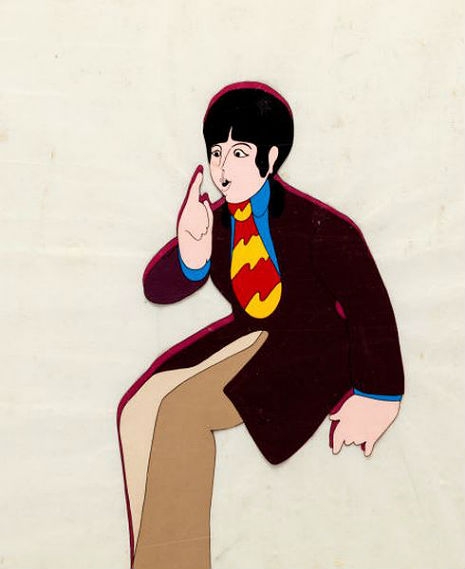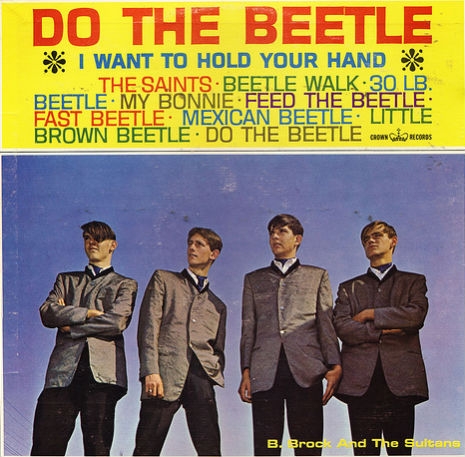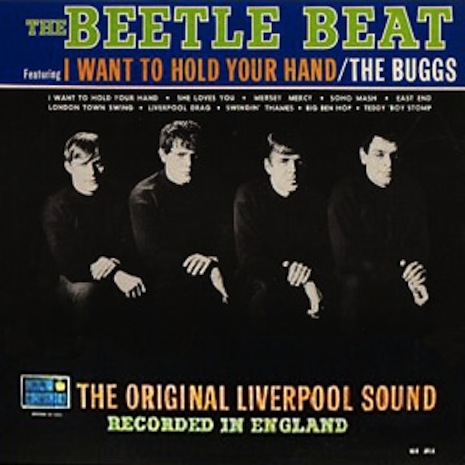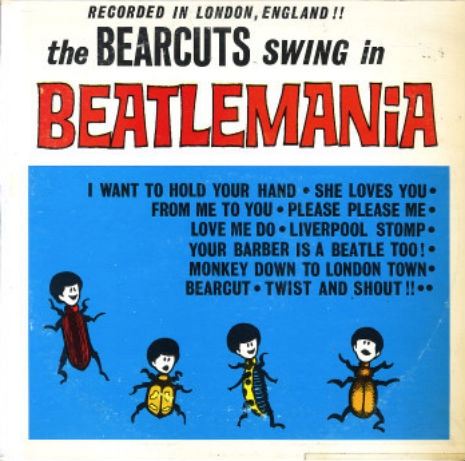
“Get Back” was a bluesy Beatles number so down ‘n’ dirty that it might almost have passed for a Stones song. So it might not be so surprising that in the sessions leading up to the recording of the song, the Beatles, specifically the future Sir Paul McCartney, used the song to spout some racist sentiments that may (or may not) have been intended as satire. The recording of “Get Back” was a protracted affair for the Beatles; as Kenneth Womack notes in The Beatles Encyclopedia, “Over the course of 17 days in January 1969, the Beatles rehearsed some 59 iterations of ‘Get Back.’” One of those iterations would infamously become known as the “No Pakistanis” version, well known to Beatles collectors and xenophobes alike. In the “No Pakistanis” version of “Get Back,” you can hear the familiar melody and chorus, but the verses express a darker vision of the white U.K. underclass. The verses include lines like ‘Don’t dig no Pakistanis, taking all the peoples jobs.”
With a good deal of nonsense words filling out the lines, you also get “Ronan Relimun, was a Puerto Rican, working in another world. / Want it thrown around, Say Puerto Rican, livin’ in the USA. / Pretty Ado Lamb, was a pakistani, living in another world, / Want it thrown around, don’t dig no pakistanis, taking all the people jobs.”
As Andrew Hickey writes in The Beatles in Mono,
Yet another blues-based rocker, this track had the most unfortunate genesis of any track on the album, starting out with lyrics including the line “don’t dig no Pakistanis taking all the people’s jobs.”
McCartney claims—relatively convincingly—that this was intended as a satire on racist attitudes. But coming as it did straight after conservative politician Enoch Powell’s infamous “Rivers of Blood” speech, which ignited a wave of neo-Nazism in Britain that is still unfortunately there today, it would have been ill-judged at best to put it out. At least one neo-Nazi band has in fact performed a cover version of the song with these “no Pakistanis” lyrics, and had it been released that version would be the worst blot on the Beatles’ discography.
The best source on “No Pakistanis” is an April 2013 article that appeared in Salon by Alex Sayf Cummings under the title “‘No Pakistanis’: The Racial Satire the Beatles Don’t Want You to Hear.” Per Cummings, the song “tells us much about the limits of what musicians, even hugely popular and politically engaged ones, can say in popular music.” Cummings points out that “in a recording known as ‘Back to the Commonwealth’ or ‘The Commonwealth Song,’ the band blasts the politician by name”—this just a few days before the recording of “No Pakistanis,”
Here’s Womack again:
“Commonwealth” finds its roots in a January 9 session in which Lennon and McCartney improvised the song. “Commonwealth” was concocted in protest of the Conservative party’s reptriation movement to limit the sudden influx of thousands of Indian and Pakistani immigrants who had been denied the right to work in Kenya. … While “Commonwealth” never advanced beyond the Beatles’ January sessions, “Get Back” eventually began to take shape in its place, with McCartney originally satirizing Powell’s anti-immigration position, singing “Don’t dig no Pakistanis taking all the people’s jobs.”
After his “Rivers of Blood” speech, Powell was dismissed from his position as Shadow Defence Secretary in the Shadow Cabinet of Edward Heath—xenophobes and white supremacists in Britain would take up his betrayal as a sort of code, muttering “Enoch was right” as a way of signaling a common understanding of white resentment, rather in the way that conservatives in the U.S. will throw around the terms “Benghazi,” “death panels” or “Kenyan Socialist” to signal fervent allegiance to anti-liberal causes.
Predictably, there’s a thread on (definitely NSFW or anywhere where your Internet usage might be tracked) a stromfront.org forum (“the voice of the new, embattled White minority!”) in which the Beatles are adopted as allies in the white suprmacist cause: “It seems even the Beatles knew that packistani immigrants were bad for the economy!” A white supremacist band called Battlecry has apparently covered the song but I couldn’t find it.
The notion that Paul McCartney harbored racist ideas or was himself a xenophobe seems rather unlikely. The recording sticks out of the Beatles’ catalog like a sore thumb, “rich fag Jew” or no “rich fag Jew.” The Powell speech was clearly rattling around McCartney’s head, he was adopting the persona of a somewhat more “badass” band than the Beatles usually were, and, probably most pertinently, he was somehow enchanted by the magical syllabification of “Pakistani,” which is an unusually interesting word to say out loud. To listen to “No Pakistanis” is to hear a master musician drunk on words, yes playing with personae to be sure but also just really into the sounds of the words, dig? In the line “don’t dig no Pakistanis, taking all the people jobs” you can also, perhaps, hear a multi-millionaire international celebrity doing a certain degree of slumming but then again, it hadn’t been all that long before this when Paul and the gang were stuck in working-class Liverpool wondering what the future might hold.
“No Pakistanis”:
“Back to the Commonwealth”:










